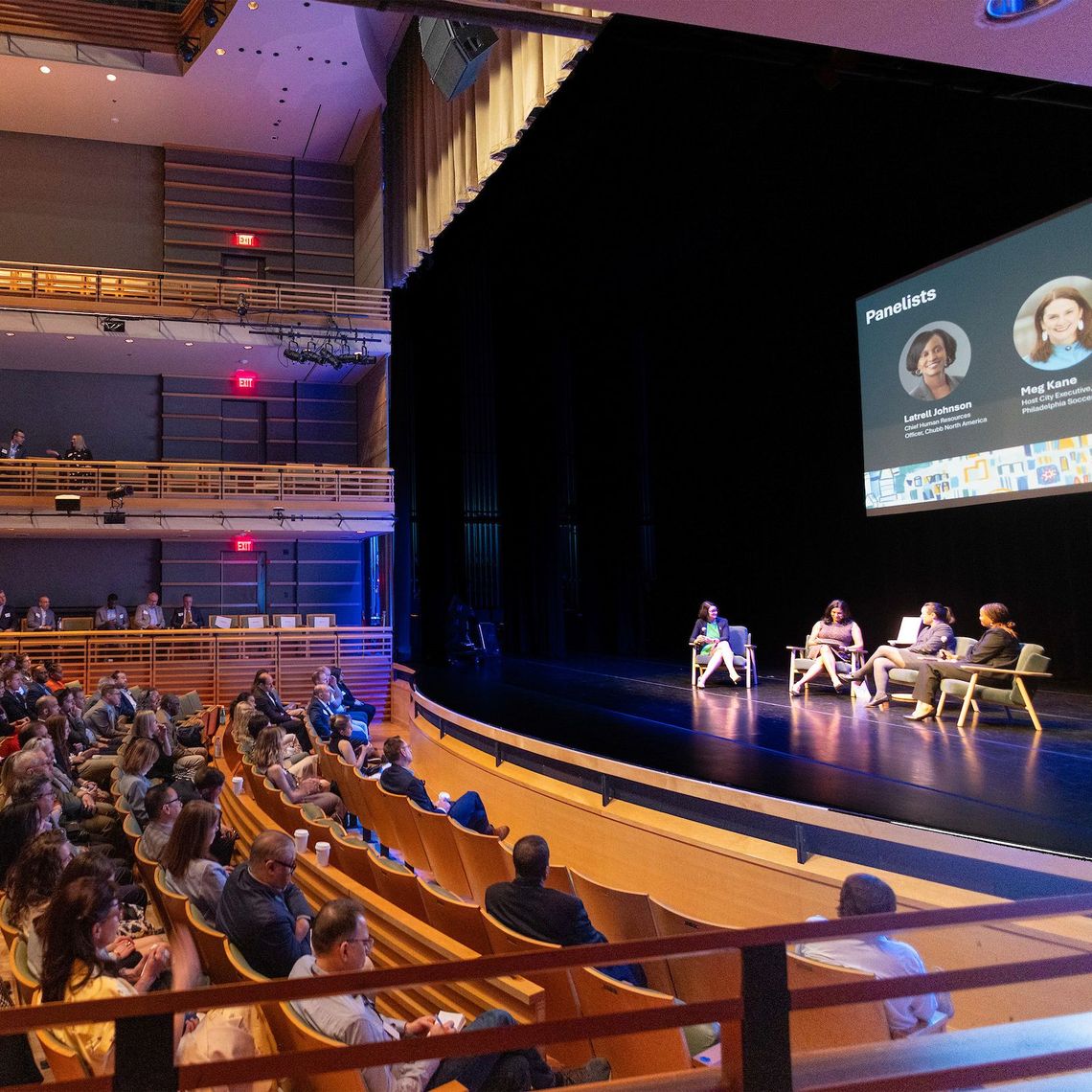
blog
The State of Center City: A Recap of the May 2025 Meeting
For the release of the 2025 State of Center City report, Center City District and the Central Philadelphia Development Corporation (CPDC) hosted an event at the Kimmel Center that featured networking, discussions around the report, and performances by Jazz Bridges’ The NuGruv and D/2, Philadanco’s apprentice company.
Discussions at the meeting featured highlights of CCD’s work in 2025 by President & CEO Prema Katari Gupta, an overview of the report by Vice President of Economic Development Clint Randall, and a panel discussion with experts who made big bets on downtowns:
-
Meg Kane, the Host City Executive for FIFA Philadelphia Soccer 2026;
-
Latrell Johnson, the Executive Vice President, North America Human Resources, at Chubb; and
-
Tracy Hadden Loh, Fellow with the Anne T. And Robert M. Bass Center for Transformative Placemaking at Brookings Metro.
Read along for highlights from this year’s program and learn more about how you can get involved with CPDC.
Changing narratives — and ‘vibes’ — since 2020
“Five years ago, the tulips were really, really lonely,” noted Gupta in her remarks as she reflected on the pandemic’s impact on Center City. The empty streets and increases in concerns about homelessness led to increasing questions about safety in Center City: in a recent survey, only 61% of people feel safe in Center City, even though Part 1 serious crime has decreased since 2019. Part of that could stem from consistent barrages of negative narratives; “if all you have is a hammer, everything will look like a nail... if you’re primed to see urban decline, you’re going to see it. You’re going to conflate visible homelessness and quality of life challenges with crime rates,” she noted.
As noted by Loh during the panel discussion, there is a persistent gap between perception and reality when it comes to safety and crime. While national trends found increases in crime, it wasn’t limited to downtowns; it was apparent in rural areas as well. Additionally, the concentration of crime was found to be in traditionally disadvantaged neighborhoods. However, even a small increase from 6% to 8% is an increase nonetheless.
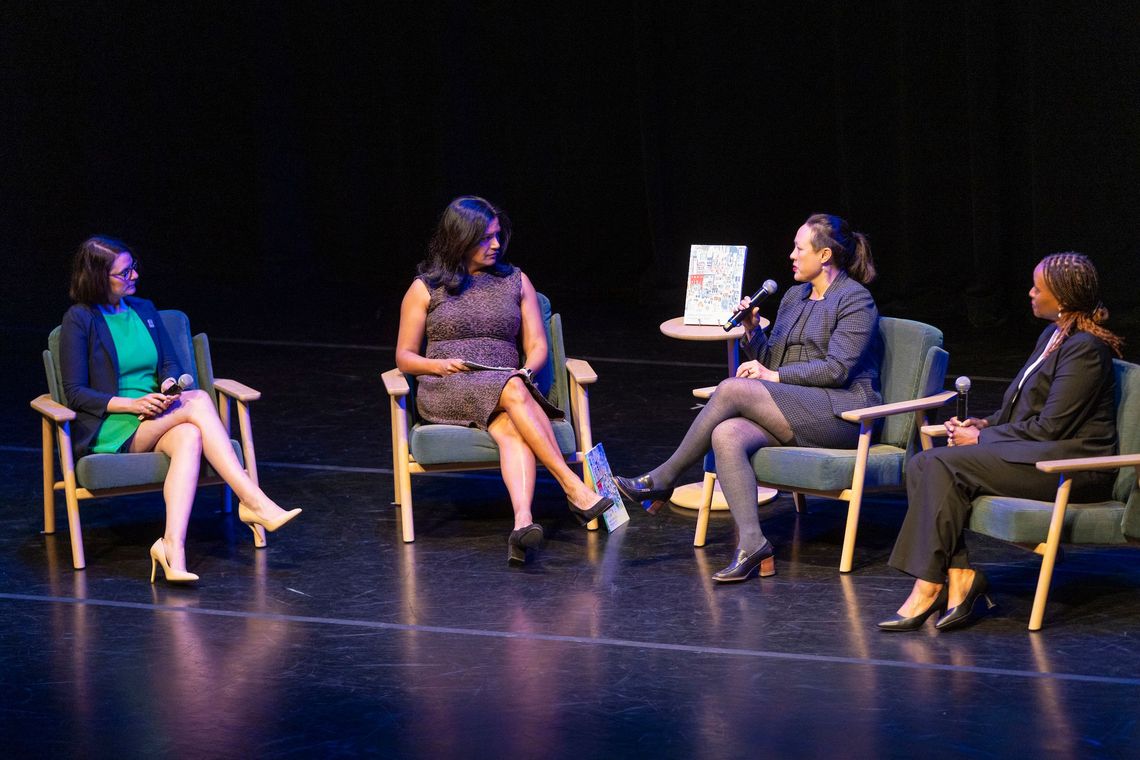
Initiatives by CCD have aimed to help dispel these negative perceptions, including the Open Streets: West Walnut pilot initiative that is expanding to Midtown Village. These programs capitalize on Center City’s walkability by temporarily pedestrianizing blocks of streets, making them a more welcoming space that not only brings joy to pedestrians but also supports businesses along the route and on surrounding blocks. And the results have been clear: participating businesses have reported increases in foot traffic and sales on days of the program.
Commerce, culture, and connection
Despite negative perceptions and headwinds facing our downtowns, trends are continuing in a positive direction. Center City has recovered 90% of its pre-pandemic pedestrian traffic, meaning that approximately 400,000 people are in Center City on a given day. These are people who live here, work here, or are visiting as either tourists or to take advantage of the city’s unparalleled blend of retailers, food and beverage options, arts and cultural institutions, and services.
Reflecting CCD’s newly defined vision statement, this year’s report was structured around the themes of commerce, culture and connection. Key takeaways in these sectors include:
Commerce: In 2024, return to office rates jumped by 11% in the core office district. Jobs in Center City also reflect this trend, with more than 42% of citywide jobs being found here. And when including the surrounding ZIP codes of Greater Center City, 1/10th of jobs are found in 1/1000th of the land area from Girard Avenue to Tasker Street, river to river. Zoomed out further, Philadelphia as a whole surpassed its 1980 employment number with more than 791,000 jobs.
Culture: Meanwhile, retail, restaurants, arts and culture continue to rebound and begin to surpass 2019 numbers. Weekend evening foot traffic in corridors like Midtown Village and Rittenhouse Row grew to 125% and 104% of 2019 results, respectively. This increase in foot traffic adds additional need for the more than 50 new nighttime venues that have opened in recent years, including restaurants, bars and music venues. Meanwhile, several cultural institutions saw their audiences grow in 2024, and two world-class buildings are slated to open in 2025.
Connection: The report’s final section highlights areas of walkability, sustainability, and transportation around downtown. Thanks to Center City’s dense residential environment, along with its built-in walkability and exceptional public transit access, car dependence is lower than other cities, making it “less carbon intensive to live in a Center City apartment than it is to live off the grid in Vermont,” as noted by Randall.
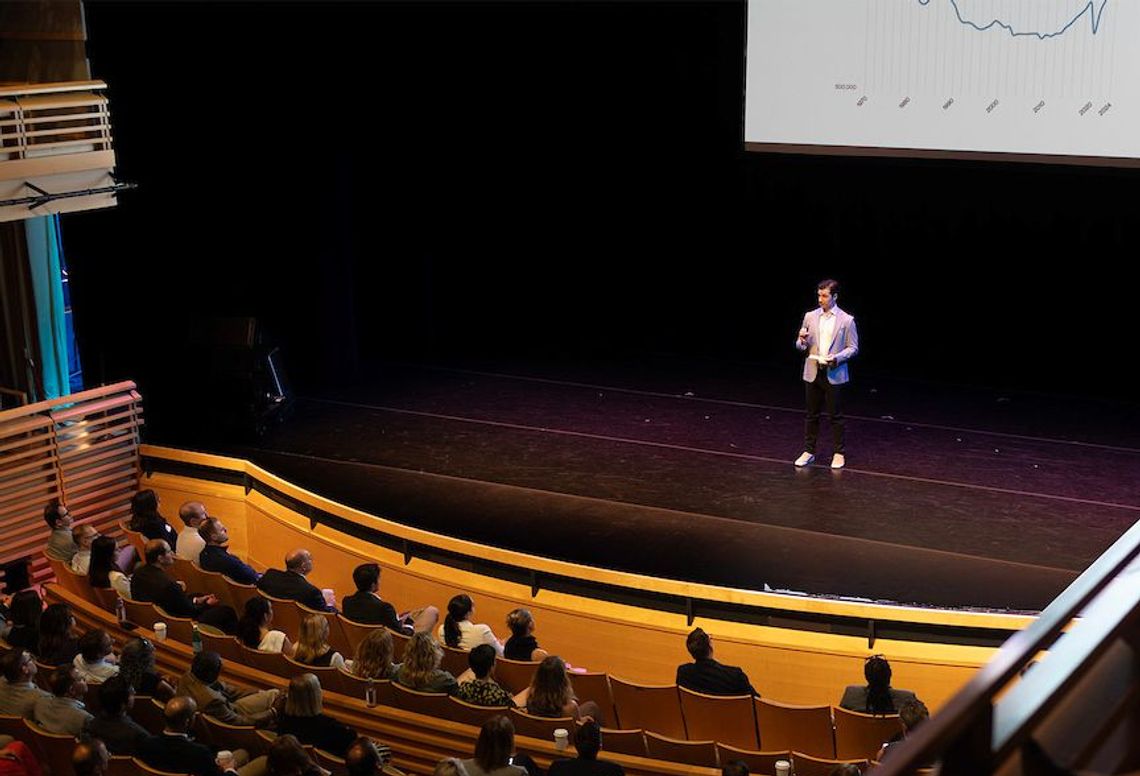
Big bets on Center City
Following a performance by D/2, Philadanco’s apprentice company, the event shifted into a panel discussion featuring leaders who are making investments in Center City and are examining downtowns nationwide.
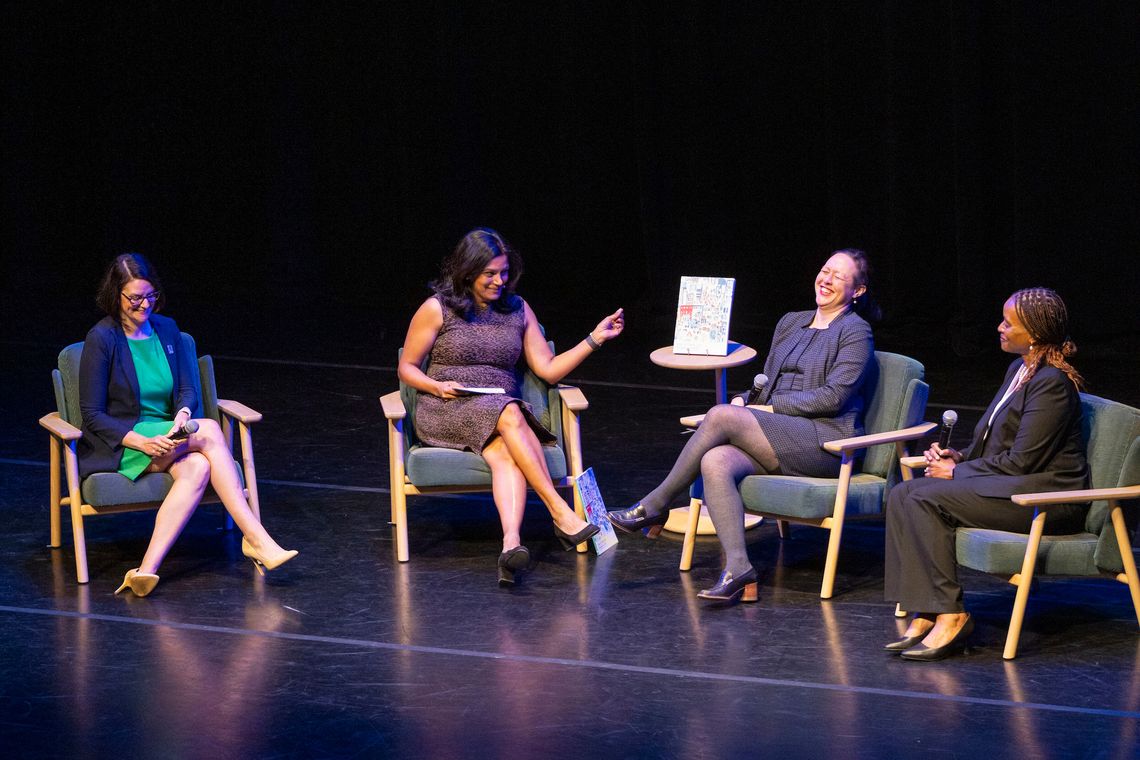
One clear example of the investments coming to Center City is Philadelphia’s return to the global stage by serving as a host city for FIFA 2026, one of several national events coming to our region in 2026. As one of only 11 U.S. cities selected to host matches, Kane noted that what set Philadelphia apart was “the compactness of Philadelphia—the walkability, the importance of mass transit. The stadium is 15 minutes from downtown, the airport is 10 minutes from Center City, with mass transit connecting everything." The games are expected to bring a 40-day celebration to Philadelphia, and approximately 70% of visitors are likely to not even have tickets and simply come to be part of the experience.
An even longer-term investment in Center City can be seen through Chubb’s investment in 2000 Arch Street. This built-to-suit office building, developed by Parkway Corporation, was toured by our CPDC members last fall. The new office is planned to be 18 stories and more than 430,000 square feet, right in the heart of the office district. Some of the factors Johnson noted for Chubb’s decision include the region’s wealth of talent, affordability, and the live-work environment of Center City's public spaces, dining, arts and culture and more. "This building was designed to enhance collaboration with spaces for employees and professional development," she noted.
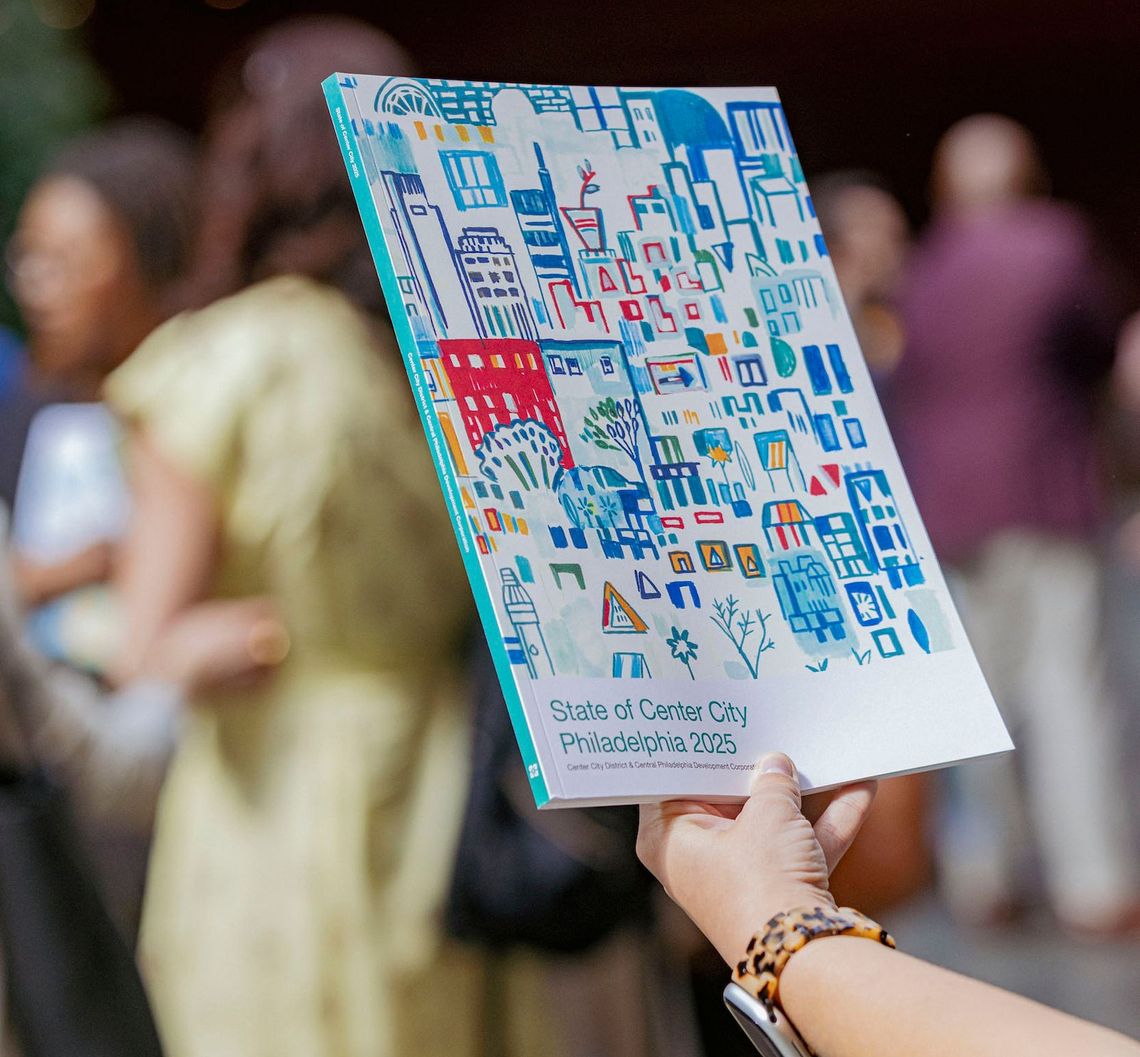
How you can get involved
We thank the speakers and partners who were able to attend this inaugural event, along with the Kimmel Center for hosting. For more information about Center City and the data discussed, download our full report.
Interested in hearing the perspectives of other business leaders? Learn how you can become a member of the Central Philadelphia Development Corporation and hear from experts.